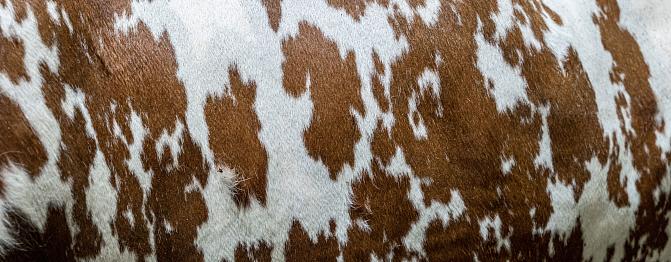Feed values form the basis of livestock feeding
The energy and protein values of feeds help to compare different feeds and assess their production potential in livestock feeding. They are therefore essential for balanced and economical feeding plans and also form the basis of feed pricing. The Natural Resources Institute Finland (Luke) maintains the feed evaluation systems in Finland as indicated in the Feed Act (1263/2020) and feed evaluation activity is one of Luke's many statutory services.
Up-to-date feed value information for cattle, sheep, goats, horses, pigs and poultry is available on Luke's website at www.luke.fi/Feedtables. In the current update, no changes were made in the principles of calculating feed values or feeding recommendations, but the reference feed list was checked and the animal weights and growth rates were updated to reflect the current situation.
The updated feed value information was celebrated with a webinar
The updated feed value information was celebrated with a webinar, and the presentations are available at the Feed Tables website. The webinar also contained professional commentaries from officials and practitioners within the livestock sector. The importance of unbiased feed value information based on sound scientific data was recognized by all of them.
The updated feed value information was celebrated in a webinar
Eeva Saarisalo, a senior specialist at the Ministry of Agriculture and Forestry, pointed out that feed evaluation work plays an important role in implementing the objectives of feed legislation. The aim of the legislation is to ensure the quality and safety of feeds and provision of appropriate information on feeds.
Tarja Root is a chief specialist at the Finnish Food Authority, which according to the Feed Act as the competent authority controls the labelling of feeds, including feed values based on the values documented in the Feed Tables. The feed business operators producing or marketing feeds are responsible for providing correct information on feed labels.
Feed values and feeding recommendations are in constant use on farms.
Ida Korhonen, development manager at ProAgria, said that feed values and feeding recommendations are in constant use on farms to optimise diets for livestock. Reducing overfeeding is important to avoid unnecessary feed costs and poor nutrient utilisation. Underfeeding on the other hand reduces animal productivity and welfare.
Pirjo Hissa, development manager of cattle feeds at Hankkija, highlighted the benefits of consistent and unambiguous feed values. This is primarily in the interest of livestock farmers who use the feeds, as the price of feeds corresponds to the animal responses acquired when they are used. There would be a need for generally accepted calculation methods for assessing the environmental impact of feeds, which would encourage improvements in the production chain.
The livestock sector evolves continuously
The livestock sector evolves continuously with new feeding technologies and animal monitoring systems, a diversifying bioeconomy with new by-product feeds, advances in plant and animal breeding and a changing climate. This results in needs to update the range of feeds available in feed tables, animal nutrient requirements and feeding methods. New knowledge generated by research projects is continuously used to keep feed tables and nutrient requirements up-to-date.
We hope that the updated information and publication channels contribute to the application of this information, supporting the health and welfare of livestock and the economic sustainability of livestock production, reducing the environmental impact of livestock production and ensuring the high quality of livestock products in the food chain.
You can send us feedback on the feed value information: rehutaulukot@luke.fi




